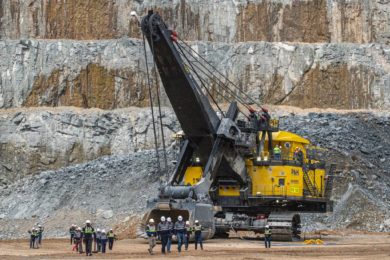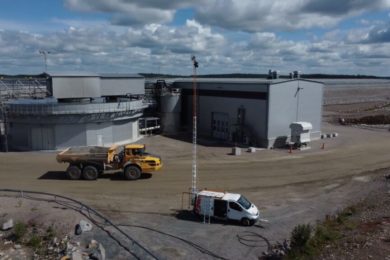Australia’s gemstone industry has been told that the diamond exploration and mining sector is far from “done and dusted” and would increasingly benefit from global breakthroughs in advanced diamond discovery and identification techniques. Addressing the second day in Perth of the 2008 Paydirt World Diamond Conference, Blina Diamonds’ Exploration Manager, Dr Mark Hutchison, encouraged delegates to “think outside the box”. There is an emerging science in diamond exploration worldwide to swap old concepts for new techniques and new concepts with substantial savings in discovery time and costs,” Hutchison said. “It has traditionally been followed that diamonds will be found in kimberlitic host rocks but the emergence of non-kimberlitic hosts such as the Ellendale field and mine in Western Australia, shows the opportunities available,” he said.
“We have even learned how to grow diamonds experimentally in some of these exotic rocks so if we can do that, we should be able to find them in the same circumstances naturally – it just takes a different thinking approach and a desire to experiment with exploration models.
“This is generating more contemporary approaches leading to the discovery of primary diamond deposit emplacements in non traditional locations. Such locations include craton-edge and off-craton settings such as around Orrorroo in South Australia’s mid north, or craton-edge diamond bearing fields such as in the Kimberley region of WA.”
Hutchison told delegates that emerging technology that was less laborious and less costly was also proving a critical breakthrough in shaping the diamond’s sector future growth. “A key success has been the wider application of Computer Controlled Scanning Electron Micrometry (CCSEM) which is now allowing more rapid identification and chemical quantification of indicator minerals used to determine a diamond discovery.
“The technology requires little sample preparation and operator time and is therefore more highly cost effective, allowing rapid in-situ mineral classification. As diamond discovery and identification is a challenging science, CCSEM is proving a useful contributor to modern exploration success. It has a proven track record in the coal industry and I expect it to have growing use in the diamond sector.”
This approach is being supported by more modern dating on site of kimberlites and associated rocks, backed by research support from such external agencies as the CSIRO and Melbourne University.









